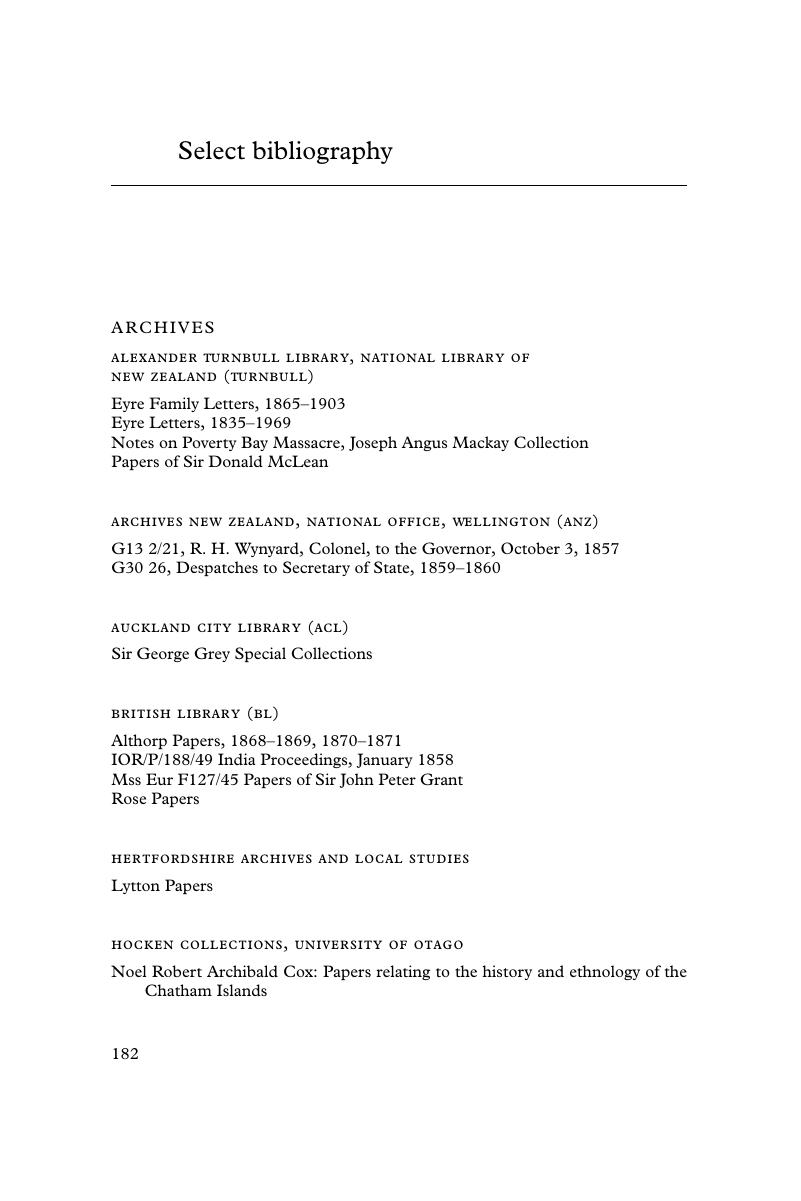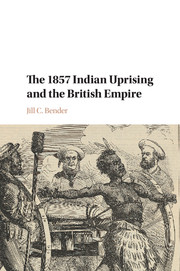Book contents
- The 1857 Indian Uprising and the British Empire
- The 1857 Indian Uprising and the British Empire
- Copyright page
- Dedication
- Contents
- Figures
- Book part
- 1 Introduction
- 2 A “great body corporate”
- 3 “A mutiny was a very catching thing”
- 4 Defending an empire
- 5 Rebels, race, and violence
- 6 A legacy of violence
- 7 Conclusion
- Select bibliography
- Index
- References
Select bibliography
Published online by Cambridge University Press: 05 February 2016
- The 1857 Indian Uprising and the British Empire
- The 1857 Indian Uprising and the British Empire
- Copyright page
- Dedication
- Contents
- Figures
- Book part
- 1 Introduction
- 2 A “great body corporate”
- 3 “A mutiny was a very catching thing”
- 4 Defending an empire
- 5 Rebels, race, and violence
- 6 A legacy of violence
- 7 Conclusion
- Select bibliography
- Index
- References
Summary

- Type
- Chapter
- Information
- The 1857 Indian Uprising and the British Empire , pp. 182 - 197Publisher: Cambridge University PressPrint publication year: 2016



